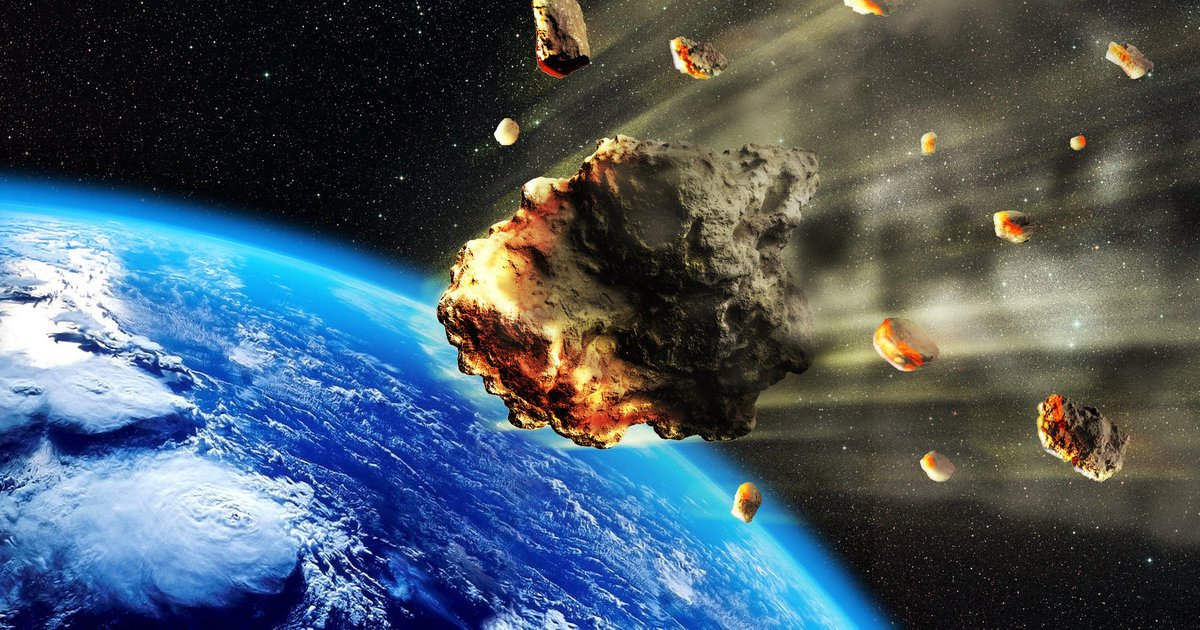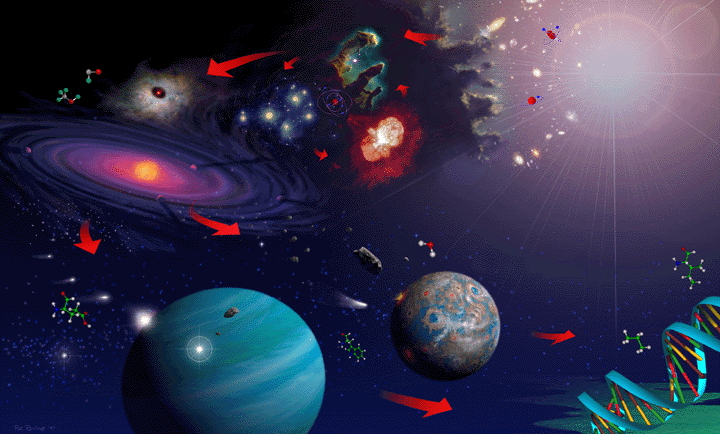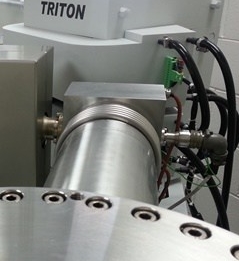“We make our world significant by the courage
of our questions and the depth of our answers.”
Carl Sagan
At present, no specific vacancies with the group are advertised but please read below.
Possible student / Ph.D research projects
Interested and enthusiastic candidates (for undergraduate/masters thesis projects, and Ph.D studies) are encouraged to discuss their relevant ideas for research projects with me – I’m sure you have some very exciting thoughts! Contact form. I’m keen to contribute to initiatives that address important goals in learning/training and discovery across traditional subject area boundaries, and to bring together useful thinking and innovations arising from space/planetary science in ways that accelerate how we share our work, help tackle challenges among modern societies, support wider creative / cultural connections, and find ways to bolster positive experiences for children, families, and others of the public.
A few existing planned projects for which descriptions are available upon request include:
- Decoding the infant stages of planetary growth, project #1a.
- Impact overprints and implications for understanding the early Solar System, project #1b.
- Unmixing the ingredients of planetary precursors to track our Solar System’s story, project #1c.
- Novel, new constraints on Mars’ interior composition, project #2a.
- Are certain magmas on Earth robust analogues for Mar’s ultramafic shergottites? Implications for understanding Mars’ volcanism, interior composition, structure, and evolution. #2b
- Testing the Moon-forming giant impact and deciphering late-accretion to the Earth-Moon system – what, when, and how hard hit? Insights from key among lunar materials, project #3a,b,c….
- The roots and crust that persists: Earth’s mantle rocks!
Various projects taking a bottoms-up approach to scrutinise mantle processes and probing the origin, evolution, and interior or bulk composition (and internal structure / dynamics) of our home world. Examples among these are studies of Zealandia’s lithospheric roots with importance for understanding the mode of Earth’s crust-mantle formation in the present day, and the significance of inherited compositional heterogeneities in the upper mantle. Plus, through comparison with cratons or other continental terranes findings will have important implications for testing theories concerning the conditions and processes of ancient Earth, our home worlds long term secular evolution, models of tectonic/Wilson cycles (linked to e.g. continent scale landscape evolution and shaping the co-evolution of life and environments), and the relevance of arising understanding for processes operating on worlds beyond our own. #5a,b,c… - Various – Describing and identifying newly-recognised meteorites with possibilities for profound new discoveries.
- Plus, a number of other extremely exciting projects that may involve precious returned extraterrestrial samples, +/- planetary analogue sites, and where project designs can directly intersect with international space missions, and/or governance of- and ethics in space. Collaboration is also possible with other academics and the institute’s relevant research groups.
- Magmas, their pathways and crystallisation, and probing Earth’s cycles and interior properties
Various – further possibilities in support of rocky research, and/or collaborative projects, concern key forms of volcano-magmatism (including among large igneous provinces), may attest to contributions / responses of volcano-magmatic features to lithospheric processing, crustal loading/input, or other short- and long-term cycles or forcing, as well as feedback constraints e.g. characterising/tracing materials released or otherwise available for erosion and impacting climate. This area of work also provides for petrographic-petrologic-geochemical +/- robust thermodynamic constraints that advance our fundamental understanding of magmatic processes, in some cases have potential to probe the nature of Earth’s convecting mantle, secular evolution, and/or the precise properties and processes operating on early-Earth. - Various – Geochemical approaches apply tools that have a broad range of useful applications for e.g. studies of biogeochemical cycling and other areas of Earth +/- environmental science (including marine and glacial-interglacial tracking). Hence, offering possibilities for collaborative projects to develop new approaches and/or address important wider research questions.
- Various – If of interest to you and based on my wider contributions/experience, as other obligations permit I am willing to collaborate on studies with expert colleagues to improve the effectiveness and inclusiveness of creative efforts in outreach and public engagement. And am also open to collaboration with experts specialising in ethnography or diversity and inclusion initiatives where knowledge will be built in support of progressive actions for all people of the geochemistry, STEM, and the wider profession. Potentially, the influence of findings will be furthered via dissemination and related diplomacy with the community, key stakeholders, and high-level decision makers.
- The above list provides some ideas and is not exhaustive.
Each year, there may be opportunities to discuss possibilities for summer internships, workplace experience(s), and/or participation in outreach and public engagement activities – please get in touch.
Thank you.
Information is available on institutional internal funds that UK or international undergraduate / postgraduate student, doctoral candidates, postdoctoral Fellows, or collaborating visitors can apply for where eligible. Interested applicants and visitors can contact me and are encouraged to consider pathways to potential external funding such as:
Interested students and others
- For school students, L’Oréal Foundation For Girls in Science
- Undergraduate summer internships (meteorites), Paneth Trust
- Masters or Ph.D Commonwealth Scholarships
- Masters or (after Ph.D) Early Academic Fellowship
– British Council Women in STEM - For women from countries with developing or emerging economies
– Schlumberger Foundation - The Carnegie Trust for Scotland – several provisions
- The Carnegie Trust for Scotland’s Ph.D Scholarships
- Student Award’s Agency Scotland – possible support for students satisfying residency criteria
- Full list of British Council Scholarships
- Amelia Earhart Fellowship
- China Scholarships Council
- British Chevening and Saltire Scholarships (international)
- US to UK undergraduate experience / postgraduate / professional
– Fulbright Scholarships - US to UK 1 or 2 year Marshall Scholarships for postgraduate study
- Japan-Scotland Society
- (Students from Spain and Portugal) La Caixa
- Canadian Centennial Scholarship Fund
- Bursaries and awards listed by the Geological Society
- Research funds listed by the Geological Society
- Royal Astronomical Society
- Royal Society of Edinburgh
- Royal Society of Chemistry (with specific opportunities for technical staff)
- See also, SavetheStudent
Interested Early Career Fellows and others
- If required and where eligible, to support preparation of Fellowship applications you may consider STFC’s Return to Research Support Bursary
- Marie Sklodowska-Curie Fellowships
- Royal Society Career Development Fellowships for ECRs of underrepresented backgrounds.
- Royal Society Newton International Fellowships
- Leverhulme Early Career Fellowships
- Broader range of Commonwealth funding provisions
- Announcements of opportunities with the UK Space Agency, including for bilateral space science and exploration, exploration community development, and Aurora calls (latter specifically linked with UK involvement in Mars science).
- Swiss National Science Foundation Postdoctoral Mobility
- (Overseas partner[s]) RSE Saltire EC Fellowships and Saltire International Collaboration
- STFC Ernest Rutherford Fellowships
- Royal Society Dorothy Hodgkin Fellowship
- Daphne Jackson Trust Fellowship
- L’Oréal for Women in Science awards
- Royal Commission 1851 Fellowships
- Aurora Fellowships (UK Space Agency)
- UKRI Future Leaders Fellowships
- Branco Weiss Fellowship
- For suitable topics, UK’s NERC Independent Research Fellowships
- Other pathways listed with UKRI
- RSE Enterprise Fellowships
- If in post, Royal Society of Edinburgh Personal Fellowships
- (From Hong Kong) Croucher Fellowships
- (From Finland) Säätiöiden post doc -pooli
- For women from countries with developing or emerging economies – Schlumberger Foundation
- (Outgoing to) Singapore National Research Fellowships
- (Outgoing to) Japan Society for Promotion of Science (JSPS) Postdoctoral Fellowship
- (Outgoing to) Royal Society of Edinburgh Fulbright Scholar Award
- (Outgoing to) ISSI, Bern, Johannes Geiss Fellowship or their other schemes
- (Outgoing to) European Space Agency – Research Fellowships in Space Science
- For those with spin-out/business leaning interests – Scottish Enterprise
- Examples (not exhaustive list) for variously experienced academics:
– Leverhulme Visiting Professorships
– Royal Society Wolfson Fellowship
– Royal Society Wolfson Visiting Fellowship (up to 12 months)
– Royal Society Newton Advanced Fellowships
– Royal Society Research Professorships
– Royal Society of Edinburgh Bilateral Visits
– Other Royal Society Funding Schemes
– Other Royal Society of Edinburgh grants and collaboration
– Refugee or At Risk Academics are directed to CARA, for example.
Please be aware that for a number of Fellowships and learned society Visitor applications, internal competition (“demand management”) will apply before proposals are selected for preparation in full. Interested students, visitors and Fellows may, in some instances, find funding pathways through their home national academies.
If interested in realising larger ventures such as via network grants and/or European COFUND actions etc, please do get in touch.
Donors
Are you fortunate enough to be able to help support promising students and exciting rocky science?
Potential philanthropic donors (businesses, groups, families, or individuals) are encouraged to get in touch if interested in sponsoring scholarships or other relevant provisions. Or donate to a charitable project of related theme for my local children’s hospital via a current crowdfunding call.
Monies will help enable access to higher education and scientific research for deserving people otherwise facing financial barriers. Donations will be administered via learned societies or an officially registered charitable trust, for which annual reporting ensures traceability and transparency. Typical charitable donations range from one hundred pounds (GBP) to larger sums either as one off or biannual / annual support. Sponsors must have a record of good, ethical conduct. Criteria and conditions for competitive awards can be discussed, and awards named for the sponsor are possible. Contact form. Thank you.
Research goal: How do habitable (Earth-like) worlds form and evolve?
My work is principally concerned with the conditions of formation and evolutionary path that have made Earth habitable, and leverages the broad field of igneous petrology as applied to planetary materials. As such my fundamental research is interdisciplinary and findings are of broad interest, as are the related thematic volumes and books that I contribute as an Editor and Author. Core research is complemented by a range of aligned and energising activities that help to build kind and cooperative scientific communities.
Main research themes: The first theme, studying meteorites and materials returned from extraterrestrial bodies to understand planetary growth (including accretion histories, interior evolution that encompasses core formation, impacts, crustal production, and volcano-magmatic processes), has become my foremost area of passionate dedication. Included among which are fragments of asteroids, Mars, and the Moon.
The first theme, studying meteorites and materials returned from extraterrestrial bodies to understand planetary growth (including accretion histories, interior evolution that encompasses core formation, impacts, crustal production, and volcano-magmatic processes), has become my foremost area of passionate dedication. Included among which are fragments of asteroids, Mars, and the Moon.
The latter two themes address magmatic processes and the deep interior properties of Earth because this information is important for comparison with data from meteorites and lunar materials, as well as critical for evaluations of processes of melt generation and cryptic traces of past hydrothermal vents / surface environments on Mars. Further, the approaches and specialised geochemical tools utilised are useful to understand alongside other diagnostic tracers due to their relevance to the criteria that must be satisfied by astrophycists that model the celestial mechanics / dynamical evolution of Solar System history.

- What does the chemical memory of returned planetary materials and meteorites and their constituent minerals, tell us about the building blocks of habitable Earth?
How do these materials help us to understand crust and mantle compositions as well as to model melting and decode volcanic edifices among protoplanets?
Collectively, what evidence do these meteorites preserve of the workings of the Solar System?
- Earth is a planet of our Solar System too, but is it and are its interior, atmospheric, and surface conditions responsible for the array of life that it supports unique in the universe?
Is there tempo to the evolution of Earth’s crust and mantle, and if so what drives that and what are the consequences for Earth’s bulk composition and biogeochemical cycles over time?
Are there other worlds teaming with even more life than our own?
- What are the characteristics and causes of volcanoes and magmatic activity over habitable Earth’s history; how do the sources and crystallisation sequences of selected magma types compare with some forms of planetary melts?
